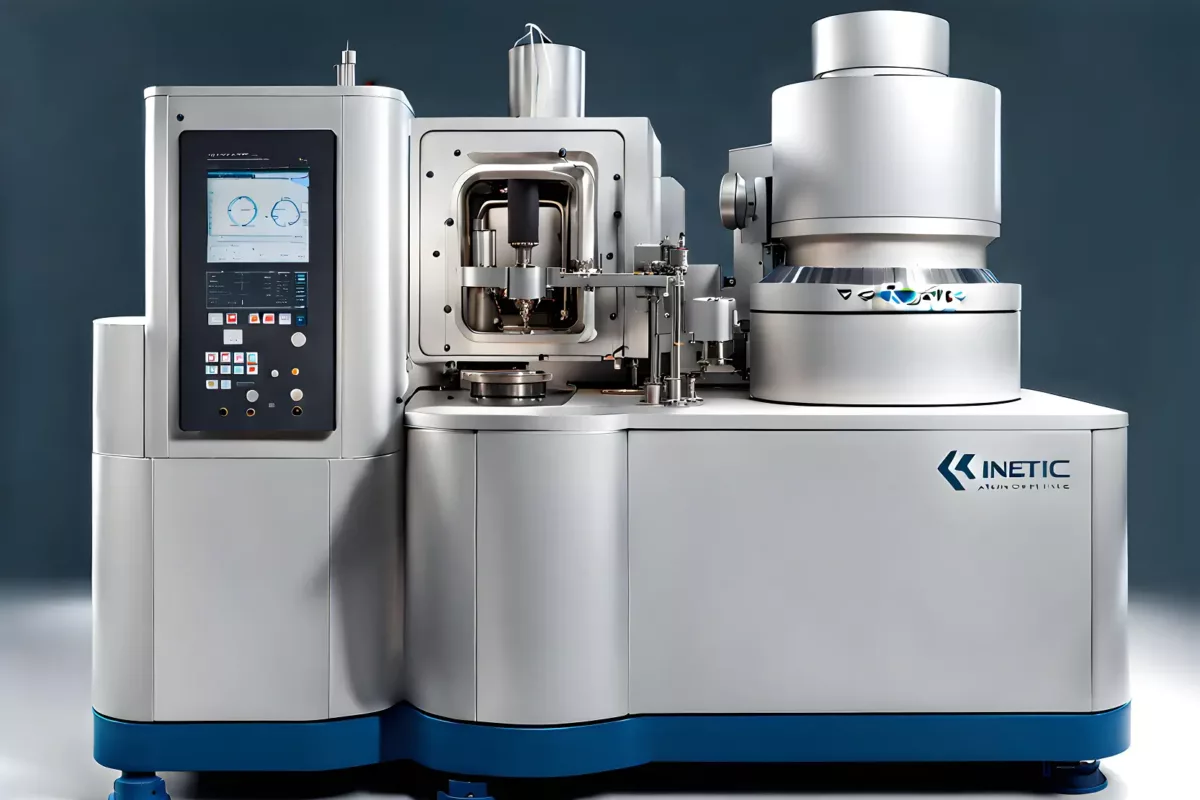
In this article, we will look at the phenomenon of agglomeration and what Agglomeration processes in sintering kinetics entail. Agglomeration involves bonding particles to create more substantial and unified structures. This phenomenon has impacted various fields for centuries. For example, metallurgists in ancient times mastered sintering to forge weapons and tools. They carefully controlled temperature, pressure, and time to bond metal particles, transforming loose materials into durable, cohesive structures. Beyond metallurgy, the modern influence of agglomeration extends to industries such as pharmaceuticals, food processing, and aerospace. Each sector uses particle bonding techniques to engineer innovative materials that shape our world.
Agglomeration Across Industries
Agglomeration plays a crucial role in many industries. It transforms powdered materials into cohesive, functional products. At the heart of agglomeration processes lies sintering, which involves particle bonding through atomic diffusion. This method enables the creation of materials with tailored and desirable characteristics, benefiting a wide range of applications.
Applications in Pharmaceuticals
In pharmaceuticals, agglomeration ensures the formation of compressed tablets with controlled drug release. This precision allows for consistent and effective medication delivery, improving patient outcomes.
Contributions to Metallurgy
In metallurgy, sintering enables the production of strong metal components with superior mechanical properties. These advancements support innovations in aerospace and automotive engineering, where material strength is crucial.
Impact on Food Processing
Agglomeration techniques also enhance food processing. They help create instant powders and soluble products, adding convenience for consumers. Additionally, they play a role in producing controlled-release fertilizers in agriculture, ensuring efficient nutrient distribution over time.
Use in Ceramics and Chemicals
Agglomeration influences ceramics by forming high-strength components used in advanced technologies. In the chemical industry, agglomeration creates granulated materials with precise particle sizes, enhancing chemical reactions and product formulations.
The versatility of agglomeration allows for the design of materials with improved durability, flowability, and performance. Consequently, it remains an essential tool driving innovation across multiple fields.
Understanding Agglomeration processes in sintering kinetics
Sintering kinetics in agglomeration is complex and requires careful analysis. Temperature, pressure, and time are the key factors shaping sintering outcomes. The Arrhenius equation highlights temperature’s role, showing how higher temperatures exponentially accelerate atomic diffusion. This increased migration promotes stronger particle bonds and enhances the sintering process.
Role of Pressure
Pressure also plays a significant part. Applying pressure densifies particle packing and boosts atomic diffusion. Techniques like hot isostatic pressing leverage this to improve sintering efficiency.
Importance of Time
Time, equally important, allows for extensive atomic diffusion. Moreover, longer durations strengthen particle bonds and enhance material integrity.
Chemistry Behind Sintering
The chemistry of sintering kinetics involves several key processes. For instance, surface diffusion allows atomic movement on particle surfaces, fostering proximity and bond formation. Additionally, vacancy diffusion prompts atoms to fill vacancies, causing rearrangement and creating stronger bonds. The initial stage of sintering features “neck” formation between particles, a process influenced significantly by temperature and time. Moreover, as time progresses, Ostwald ripening occurs. In this stage, larger particles grow at the expense of smaller ones, thereby reshaping agglomerate structures.
This in-depth understanding of sintering kinetics provides researchers with the tools to optimize agglomeration processes. By carefully adjusting temperature, pressure, and time, engineers can design materials with exceptional properties. Consequently, these tailored materials become suited to a wide range of advanced applications.
Fundamentals of Agglomeration processes in sintering kinetics
Sintering kinetics remains a fundamental aspect of agglomeration. Moreover, temperature, pressure, and time all profoundly influence the quality and rate of sintering. Additionally, the underlying chemistry processes, such as surface diffusion and neck formation, provide essential insights into particle bonding mechanisms.
Therefore, optimizing sintering parameters is crucial for achieving the desired agglomerate properties. Furthermore, researchers continue to explore new ways to fine-tune these factors. As a result, they enable more efficient and advanced agglomeration processes. Consequently, this ongoing innovation unlocks possibilities for creating materials with superior performance across diverse industries.




